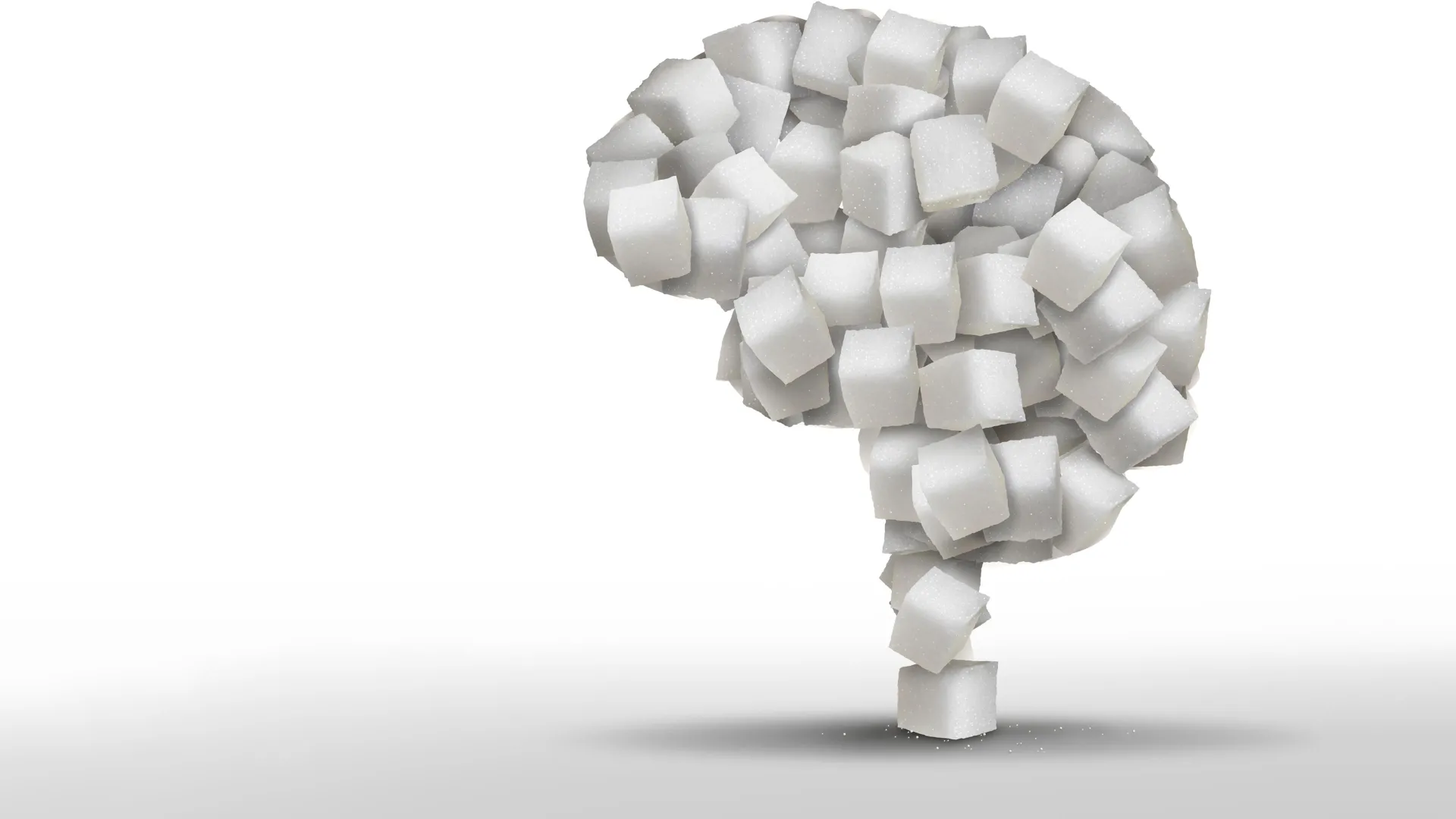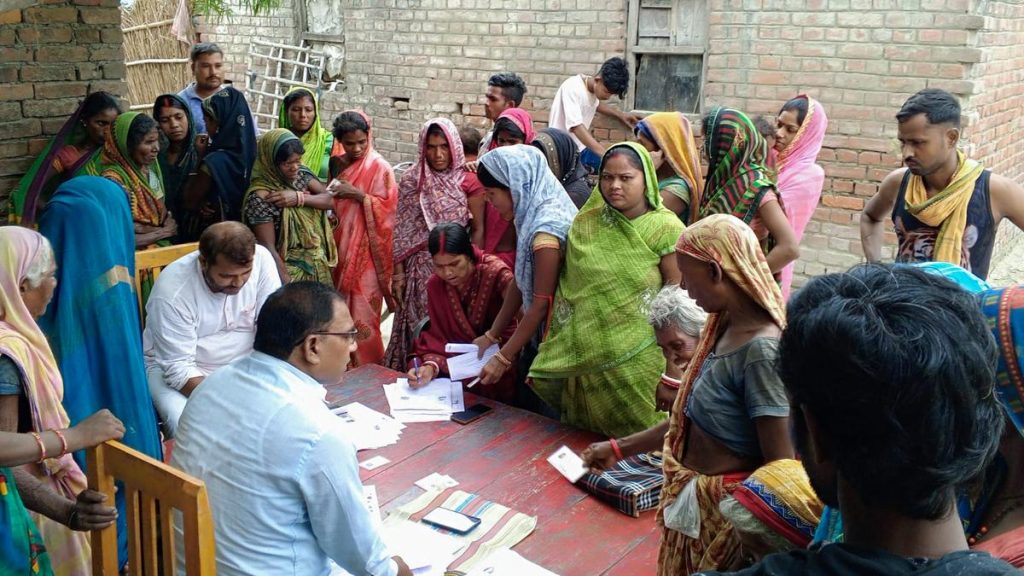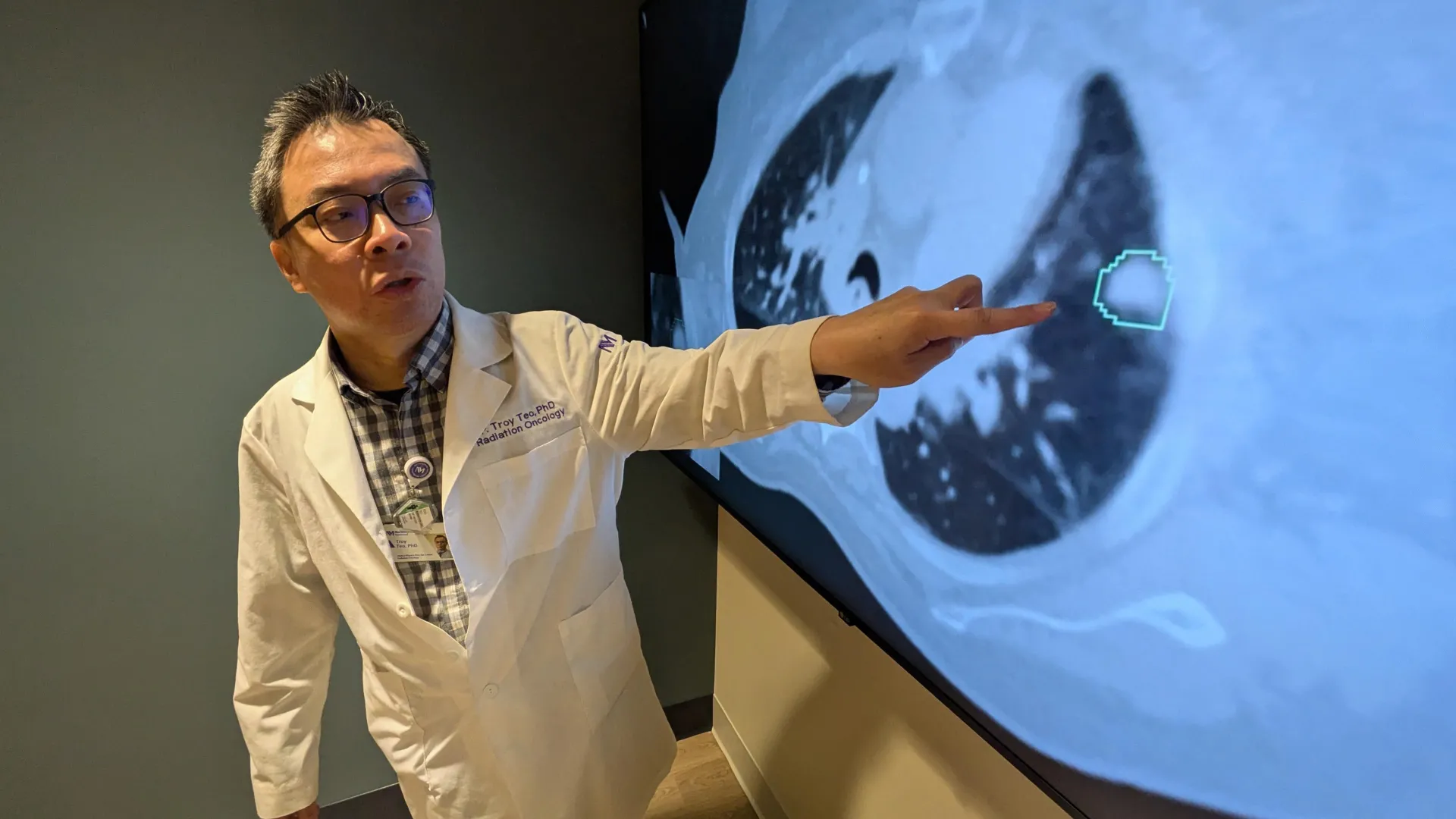Now Reading: Scientists Discover Sugar Switch Linked to Alzheimer’s Protection
-
01
Scientists Discover Sugar Switch Linked to Alzheimer’s Protection
Scientists Discover Sugar Switch Linked to Alzheimer’s Protection

Swift Summary
- Scientists at the Buck Institute for research on Aging have identified glycogen metabolism in neurons as a key factor in reducing brain degeneration associated with Alzheimer’s and dementia.
- Glycogen, previously thought negligible in the brain’s neurons, plays an essential role by breaking down to manage oxidative stress, a known contributor to aging and neurodegeneration.
- Tau protein buildup traps glycogen in affected neurons, worsening disease progression. Researchers found that restoring glycogen breakdown reduced damage caused by tau accumulation.
- The enzyme Glycogen Phosphorylase (GlyP) assists this process by rerouting sugar through the pentose phosphate pathway to generate protective molecules NADPH and Glutathione against oxidative stress.
- Dietary restriction naturally enhances GlyP activity; researchers mimicked these effects with the drug 8-Br-cAMP, showing potential therapeutic avenues similar to GLP-1 weight-loss drugs now studied for dementia treatment.
- Tests on human neuron models derived from frontotemporal dementia patients corroborate findings from fruit fly studies.
- The study emphasizes collaboration between labs specializing in neurodegeneration and proteomics contributing to potential therapies targeting age-related diseases like Alzheimer’s through adjustments of sugar metabolism.
Indian Opinion Analysis
This research offers significant insights into combating Alzheimer’s disease and related dementias-a growing concern worldwide including India,where neurological diseases are steadily increasing due to aging populations. By uncovering glycogen metabolism’s previously unrecognized role within neurons, scientists may pave new paths for early intervention or treatment strategies focusing on cellular chemistry rather than external therapies alone.
India’s healthcare system could benefit from breakthroughs like this if such therapeutic approaches are eventually developed into cost-effective treatments or preventive measures applicable across diverse regions of economic disparity within the country. Furthermore, India’s robust pharmaceutical sector might play a key role as partners bringing these innovations from lab research into accessible medication tailored for domestic use.
This study highlights another dimension-dietary restrictions enhancing neuroprotection-which aligns well culturally with traditional Indian dietary practices often rooted in moderation principles that could integrate seamlessly alongside scientific progress addressing age-related decline cases common nationwide.




























